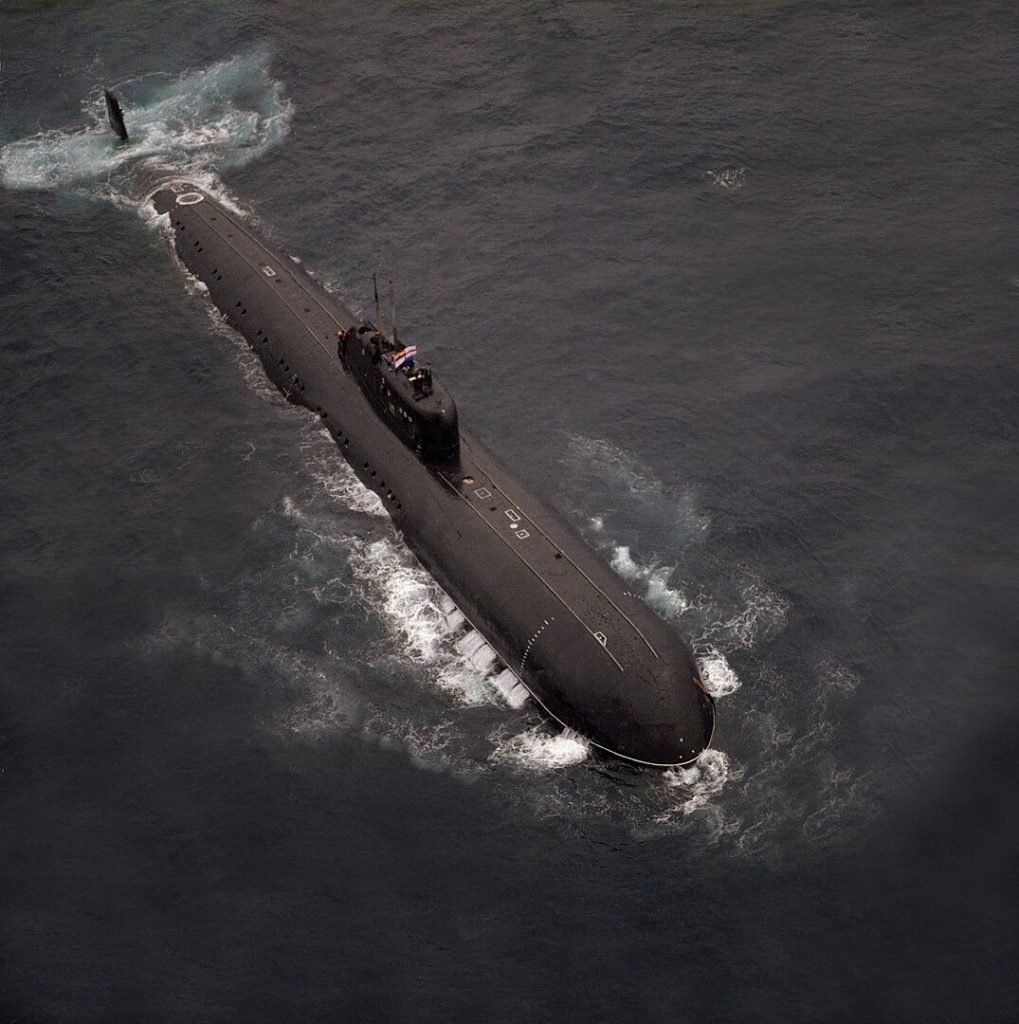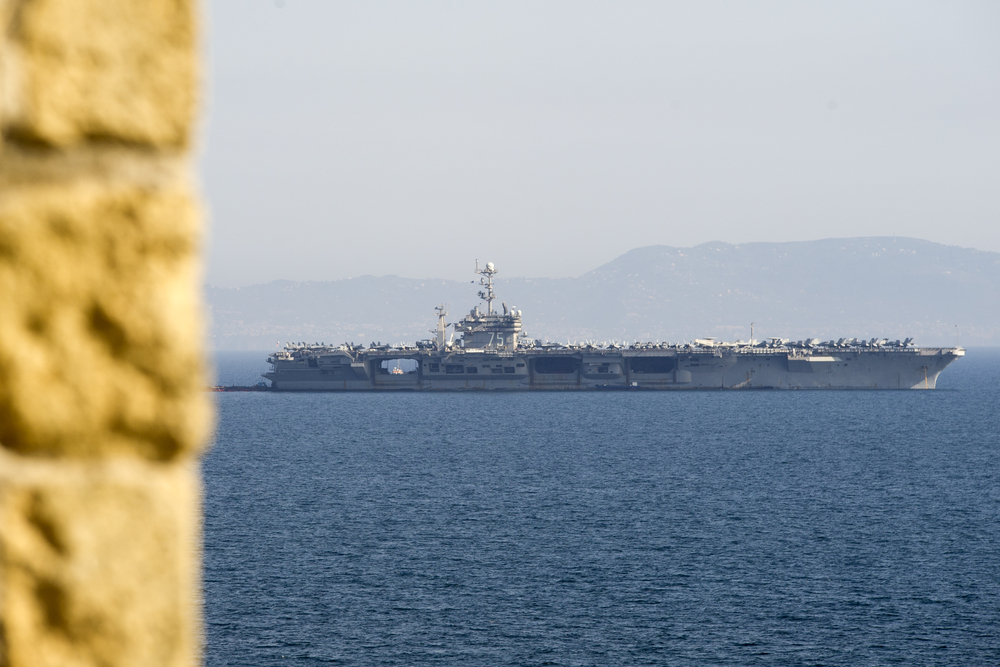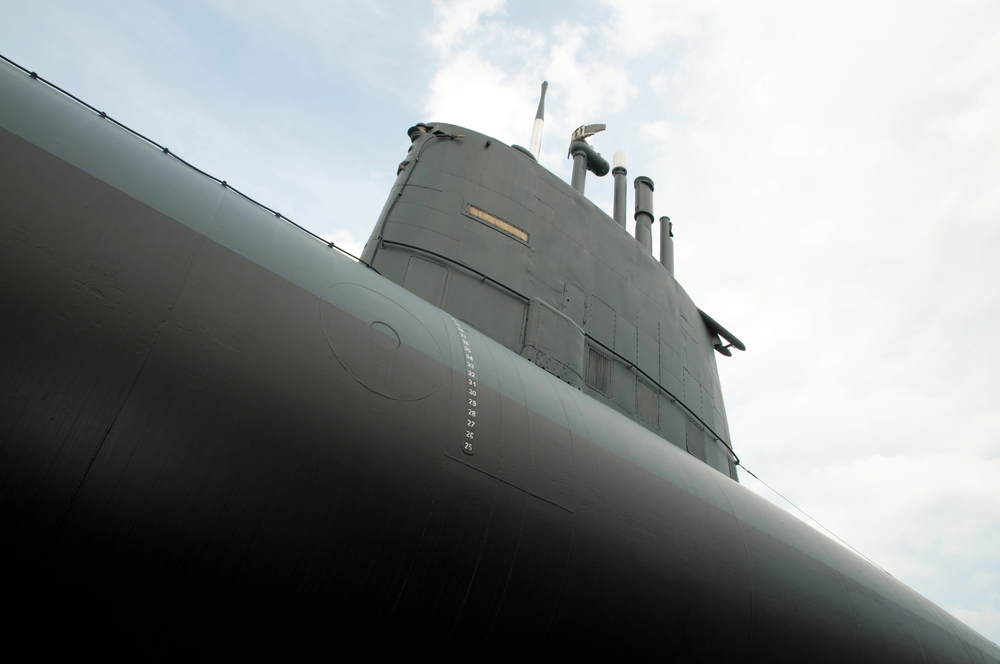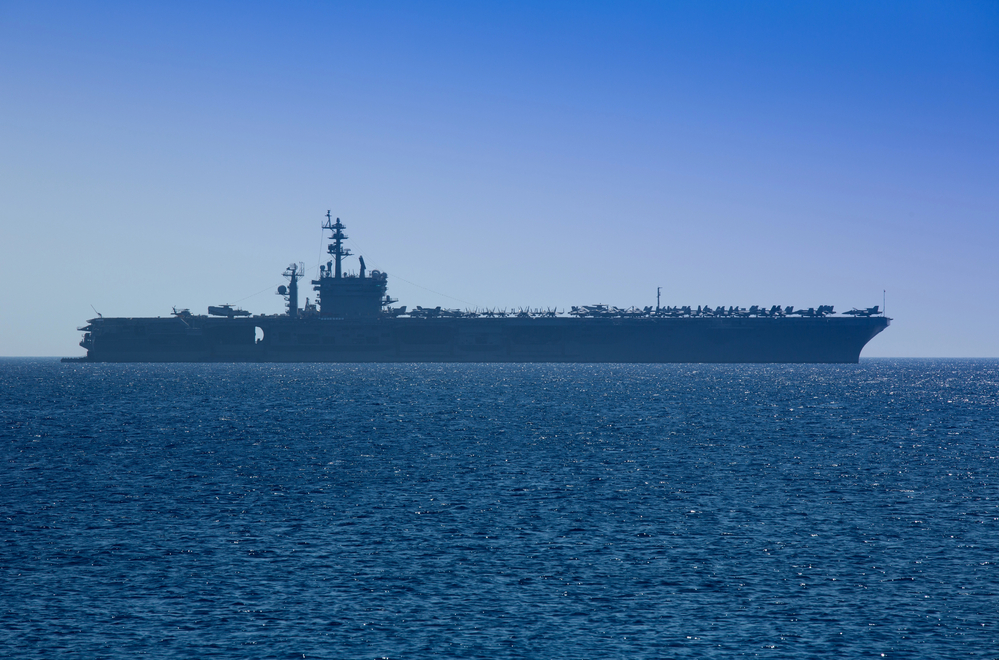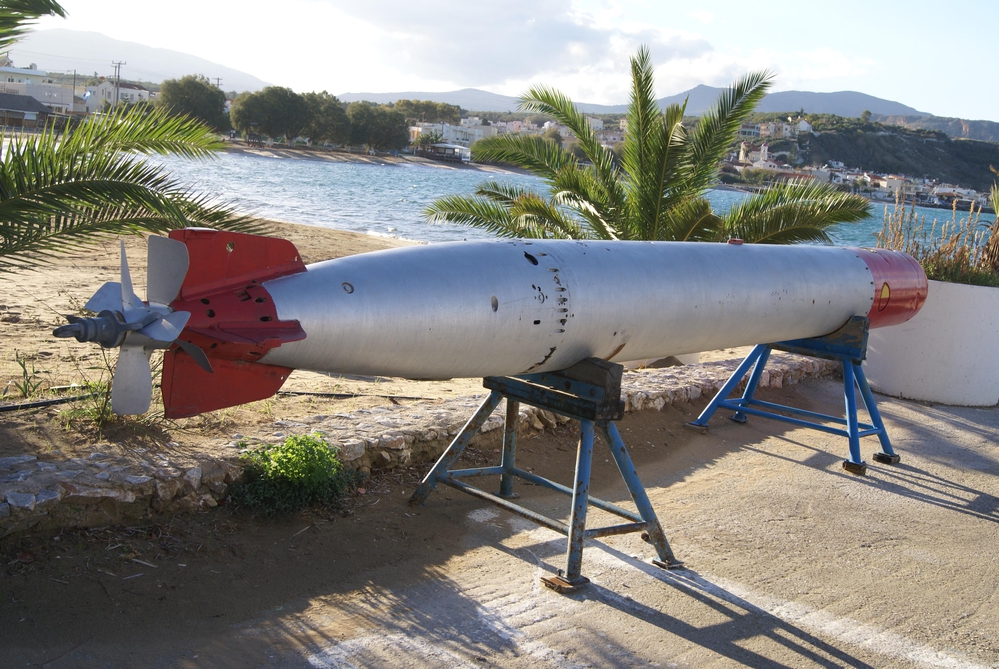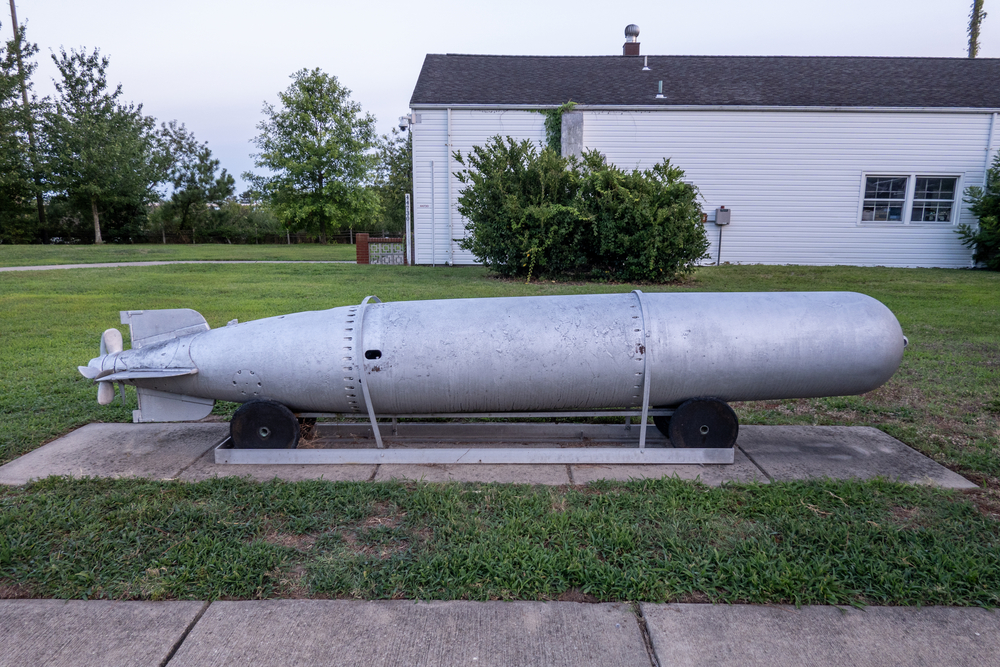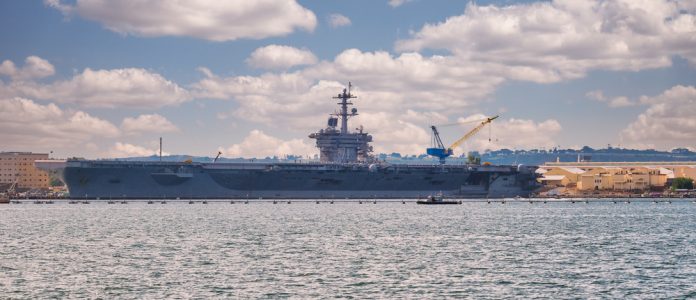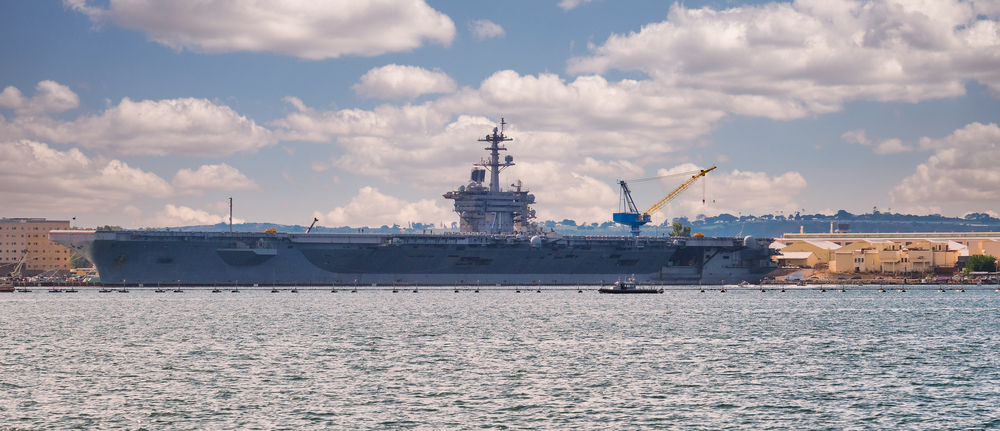
In the annals of naval exercises, few incidents underscore the stark realities of modern anti-submarine warfare (ASW) as sharply as the simulated defeat of the USS Theodore Roosevelt by the French nuclear attack submarine Saphir in 2015. This event, occurring off the Florida coast, served as a stark reminder of the ever-evolving underwater threats and the need for continuous enhancement of ASW capabilities.
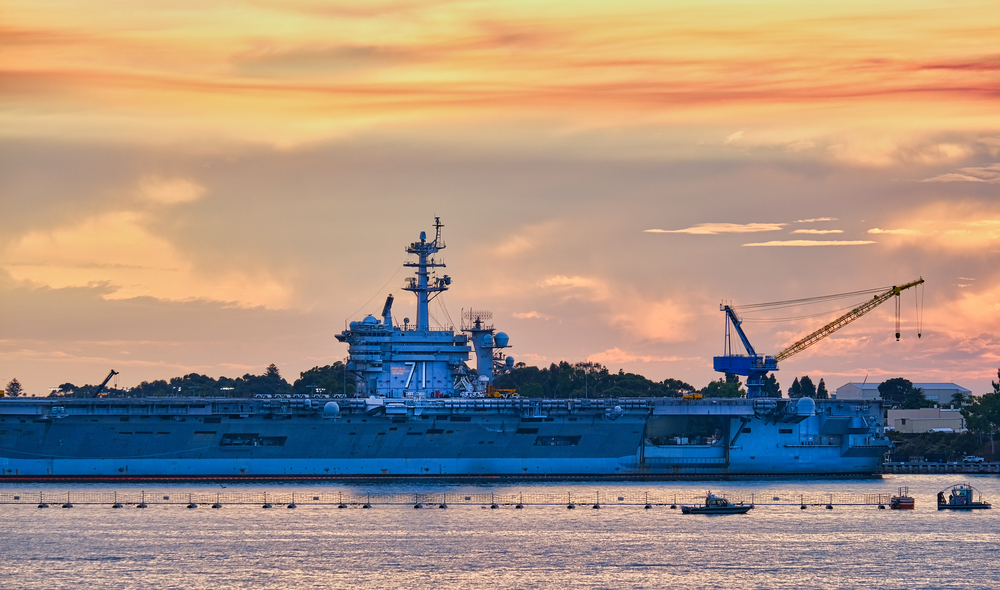
The exercise, conducted before the carrier strike group’s operational deployment, witnessed the diminutive Saphir infiltrate the defenses of the Roosevelt and its escorting flotilla, dealing a simulated blow to several of the world’s most advanced warships. Despite the subsequent removal of a detailed French Navy blog post and the lack of clear information regarding the extent of the Saphir’s “victory,” the implications of this outcome resonate profoundly within naval circles.

“The exercise… took place in two phases,” according to the original French Navy post saved by the RP Defense blog. During the initial stage, the Saphir collaborated with U.S. Navy forces to detect enemy submarines and relay information to other friendly anti-submarine warfare units. The potential “enemy submarine” in question could have been the Los Angeles-class nuclear submarine affiliated with CSG 12.
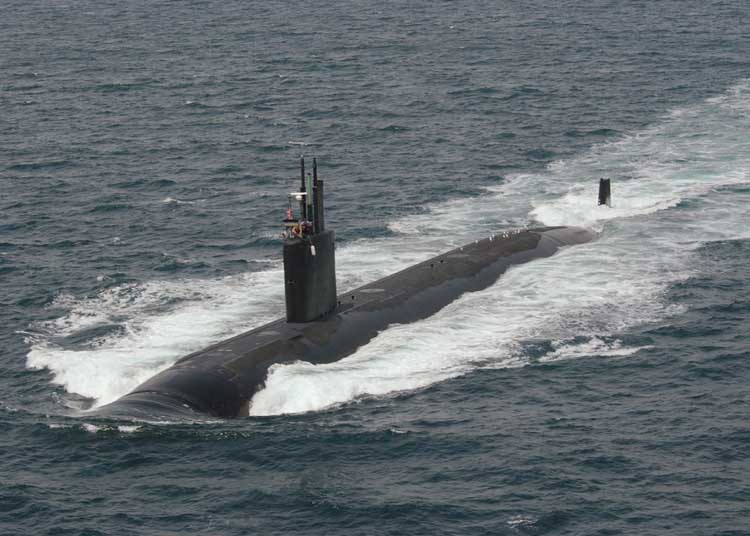
In the subsequent phase of the drill, the Saphir changed allegiance and joined the opposing side. The French nuclear submarine worked alongside U.S. Navy P-3C Orion and P-8 Poseidons. The objective was for Saphir to track down the Roosevelt and maneuver into position to sink it. As the exercise evolved into a simulated conflict, Saphir was authorized to engage. It was reported that the submarine successfully “sank” the Roosevelt and “most” of its accompanying vessels.
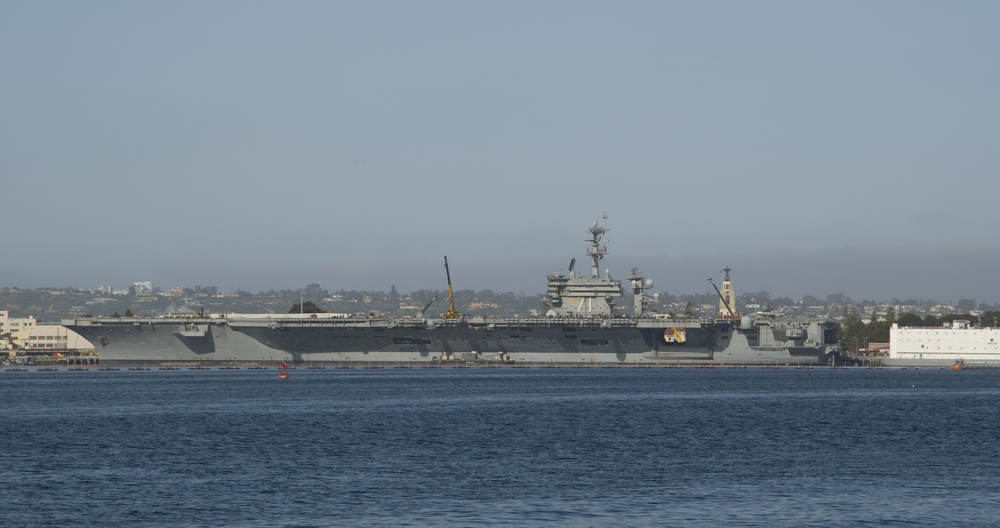
Saphir is one of the six Rubis-class nuclear attack submarines constructed for the French Navy. Prior to the early 1980s, French attack submarines were powered by conventional means, while the French Navy already possessed nuclear-powered ballistic missile submarines since the mid-60s. The Rubis class, weighing 2,630 tons when submerged and measuring 241 feet in length, may be considered the smallest nuclear combatants ever deployed at sea. With a crew size of only 70, each submarine is propelled by a single K48 pressurized water reactor, enabling it to reach a speed of 25 knots while submerged. These Rubis submarines are equipped with four bow torpedo tubes, which are armed with F17 Mod 2 torpedoes and MM39 Exocet anti-ship missiles.

The circumstances surrounding the incident involving the small submarine sinking a ship nearly fifty times its size remain unclear. It is essential to consider whether the Roosevelt’s escorts were utilizing their full range of anti-submarine warfare sensors during the exercise. Additionally, it is important to determine if any restrictions were placed on the use of these sensors or if any were intentionally disabled for the exercise.
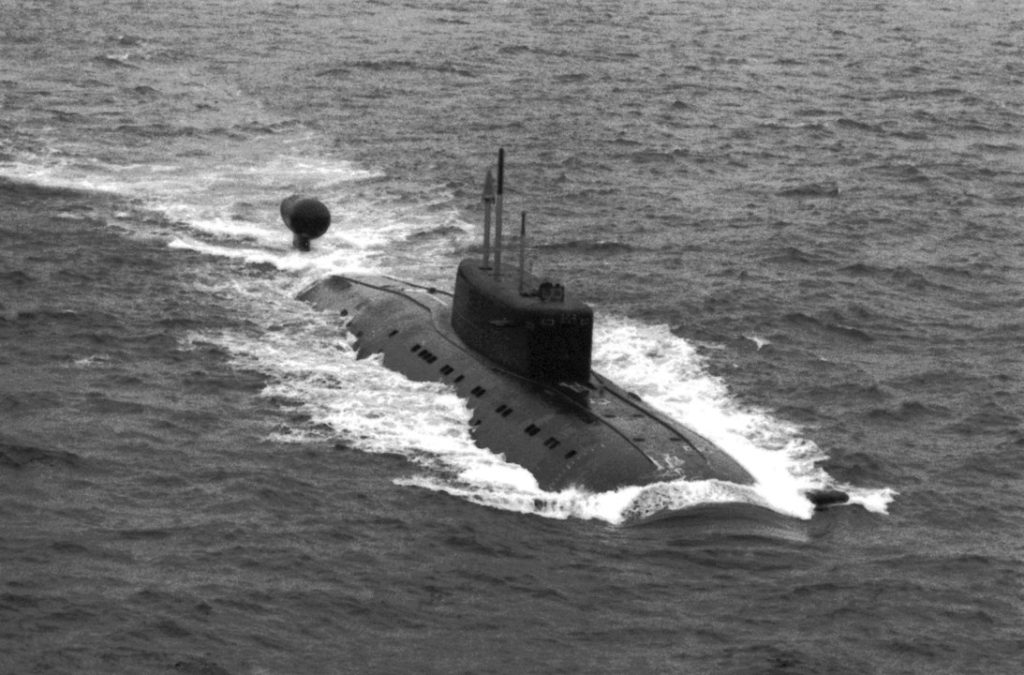
Furthermore, it is crucial to bear in mind that the term “sunk” is enclosed in quotation marks intentionally. The French F17 torpedo is equipped with a formidable 551 pound HBX-3 high explosive warhead. Additionally, its firing capability is limited to a salvo of four torpedoes at a time, as it possesses only four torpedo tubes.A 551-pound torpedo warhead is unlikely to cause a Ticonderoga or Burke-class escort to sink, although it would certainly cause damage. However, it would not be sufficient to sink a Nimitz-class supercarrier.
related images you might be interested.
